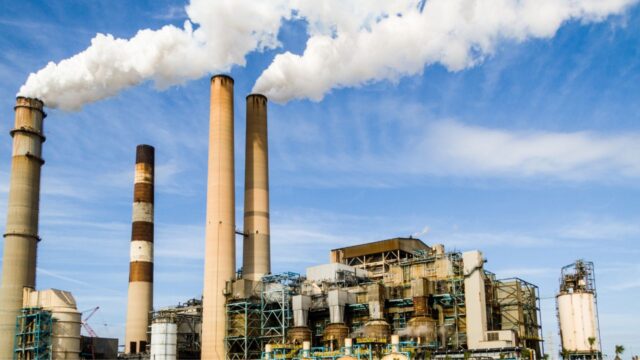
What is Heavy Industry
Heavy industry is a category of manufacturing that involves the production of large, bulky products such as cars, trains, ships, and airplanes. These products are typically made from raw materials such as iron and steel, which are extracted from the earth through mining operations. The manufacturing process for heavy industry products is generally much more complex than that of other types of products, and it often requires the use of large-scale industrial machinery. As a result, heavy industry generally has a much higher impact on the environment than other forms of manufacturing. In recent years, there has been an increasing focus on developing more sustainable methods of heavy industry in order to reduce its environmental impact.
The History of Heavy Industry
When we think of heavy industry, images of smokestacks and factories might come to mind. But the history of heavy industry is much more complex than that. It stretches back to the early days of the Industrial Revolution in the 18th century, when new technologies and resources were used to create large-scale production facilities.
During this time, iron and coal were two of the most important materials for industry, and their extraction and use had a profound impact on the landscape. Over time, new technologies were developed that further increased the efficiency of heavy industry, leading to its continued growth in the 19th and 20th centuries. Today, heavy industry remains an important part of the global economy, providing critical materials and products that are essential for modern life.
How Heavy Industry Changed the World
The industrial revolution changed the world in a number of ways. One of the most significant changes was the rise of heavy industry. Prior to the industrial revolution, most manufacturing was done by hand, using simple tools and basic techniques. However, the industrial revolution saw the introduction of new machines and production methods. This allowed manufacturers to produce goods more quickly and efficiently than ever before.
The development of heavy industry also had a profound impact on society. Factory work became an important source of employment, and cities began to grow rapidly as people flocked to areas where jobs were available. The rise of heavy industry also led to a number of environmental problems, as factories released large amounts of pollution into the air and water. Today, heavy industry is still a vital part of the economy, but its impact on the environment remains a cause for concern.
Benefits
There are many benefits to heavy industry. One benefit is that it provides employment opportunities for a large number of people. Another benefit is that it can help to spur economic growth. Additionally, heavy industry can help to diversify an economy, providing a broad base of industries and businesses. This can lead to increased stability and resilience, as well as greater opportunities for upward mobility. Finally, heavy industry can have positive spillover effects on other sectors of the economy, such as the service sector. When heavy industry is thriving, it can create a ripple effect of economic activity and opportunity. As a result, there are many reasons to support the continued growth of heavy industry.
Disadvantages
One of the biggest problems associated with heavy industry is air pollution. Factories release harmful chemicals into the air, which can cause respiratory problems and lead to long-term health problems. In addition, heavy industry can also lead to water pollution, as factories often discharge their waste into nearby rivers and lakes. This can contaminate the water supply and harm fish and other aquatic life. Finally, heavy industry can have a negative impact on local communities, as it often leads to noise pollution and traffic congestion. As a result, while heavy industry is important for the economy, it also comes with a number of drawbacks.
Controversies Surrounding Heavy Industry
Heavy industry has long been a controversial topic. On the one hand, it provides vital goods and services that are essential to modern life. On the other hand, it can have a negative impact on the environment and local communities. In recent years, there has been an increasing focus on the potential risks of heavy industry, particularly in relation to climate change. As a result, many countries are now introducing regulations to try to limit the negative impacts of heavy industry. This is sure to be a controversial issue for many years to come.
Future of Heavy Industry
The future of heavy industry is shrouded in uncertainty. The sector has been hit hard by the decline of traditional manufacturing, and many companies have been forced to downsize or close their doors entirely. However, there are signs that the tide may be turning. In recent years, there has been a growing demand for heavy-duty equipment and machinery, driven by the needs of infrastructure projects and the booming construction sector. This has led to an increase in orders for companies that specialize in heavy industry, and many are investing heavily in new technologies and processes. As a result, the future looks promising for the heavy industry sector, and it is poised to make a comeback in the years to come.


































